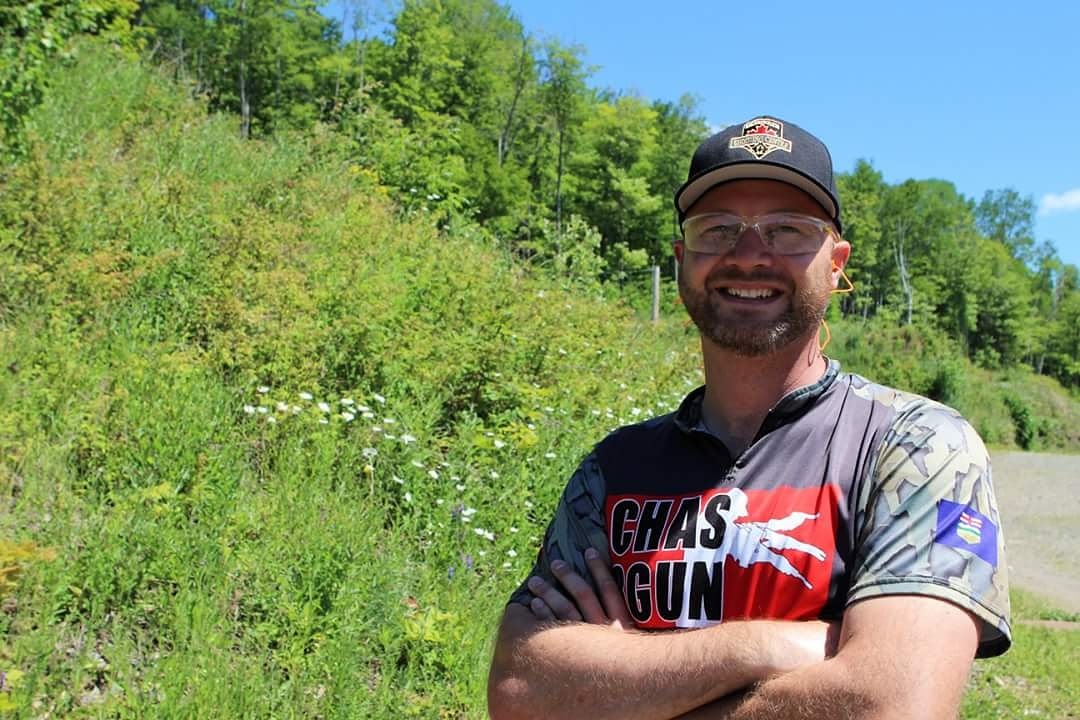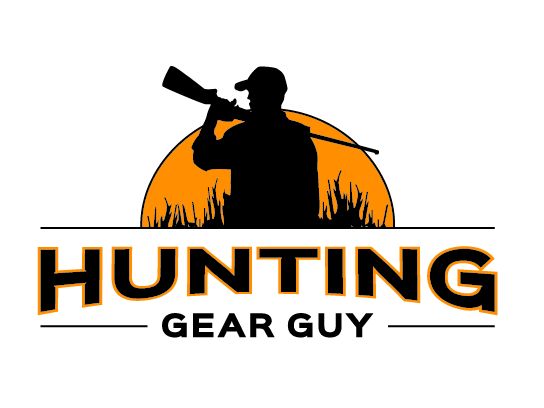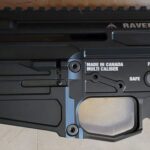Sporterized Mausers are a pretty inexpensive rifles with very solid actions and tons of aftermarket part availability but there are a few things to watch for. I’m no expert, but I recently got my hands on 4 random Swede Mauser 96’s so I can talk to the differences and what to look for. I got these rifles from Intersurplus.
For this article, I’m going to be reviewing what attributes to watch for. I won’t cover “collectability” because we’re going to assume you’re buying a sporterized rifle that has had its collectability destroyed already. I’m buying to use as an inexpensive deer hunting rifle (~$280), so it wouldn’t make sense to add expensive parts that would make the total rifle package equal to a much nicer, new hunting rifle.
Cartridge
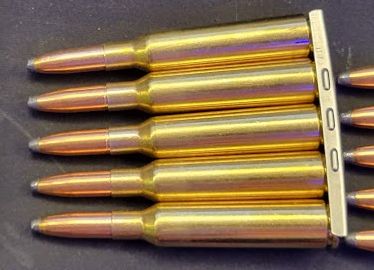
This should probably be your first thing to check. Mausers are commonly available in 8mm Mauser (7.92×57mm), 7mm Mauser (7×57), 6.5 Swedish (6.5×55), and less commonly in 30-06, 9.3×57 or 9.3×62.
- 8mm Mauser is somewhat available but you might not have selection at your local stores and may have to buy online. For hunting, it’s got stiffer recoil, but great for close in. Not a lot of choice for reloading components. Note: some older 8mm Mausers may be .318, while newer ones are .323.
- 7mm Mauser is somewhat available but you might not have selection at your local stores and may have to buy online. For hunting, it’ll have a bit less recoil and a flatter trajectory than 8mm Mauser. A bit hard to find reloading components.
- 6.5×55 Swedish is a bit more available. You might find it on the shelf at a hunting store; my local Cabela’s has a couple different kinds. As an old timey 6.5 Creedmoor, it’ll have lighter recoil and be great for deer/moose/etc with well chosen bullets. Decent reloading component selection.
- 30-06 Springfield is great for hunting. Super common, lots of bullet choice.
- 9.3×57 is almost impossible to find in factory loads in Canada. Lots of oomph for close-in hunting, not a lot for reloading components.
- 9.3×62 is also impossible to find in factory loads in Canada. It produces way more power than the other cartridges listed here (around ~3500 ft-lbs). Not a lot for reloading components.
I really like 6.5 Creedmoor for hunting and 6.5 Swede is pretty similar in performance (just a bit more speed or you could run a heavier bullet), and 6.5 Swede is pretty available so I went 6.5 Swede.
Wear, Tear & Hillbilly Modifications

Some rifles may have been used by gun clubs and have a substantial number of rounds through them, others may have been hunted with hard for decades, and others may have been poorly stored when in military use. Check the bore for corrosion and wear. Watch for badly done upgrades or modifications, booger welds, and abuse.
Similarly, some of the late WW2 German Mausers have questionable steel and might not be safe to shoot. A receiver made in late ’44 or early ’45 should be viewed with caution. With most milsurps it never hurts to check the chamber out with some go/no-go/field gauges – this really applies to Mausers.
To Scope or not to scope
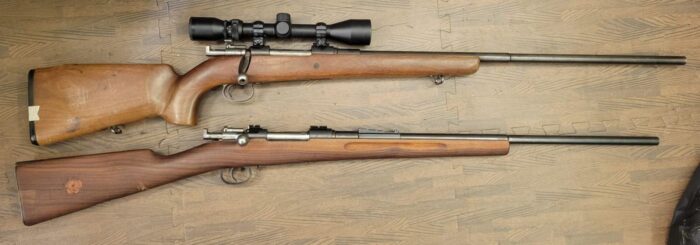
Most sporterized rifles will have the long military barrel chopped down a bit in length, potentially losing the military iron sights. They may have add-on sights, or they may be set up for a scope. Regardless what scope mount they have, you need to consider:
Clearance on the safety. The Mauser 3 position flag safety needs quite a bit of clearance above it and that’s just where the bulky eyepiece part of the scope would normally go. You can choose to install an aftermarket safety or install a Winchester model 70 style side safety for more clearance. Neither are a drop-in solution but there are drop-in Timney triggers that come with an additional trigger safety that you could use instead of the flag safety.
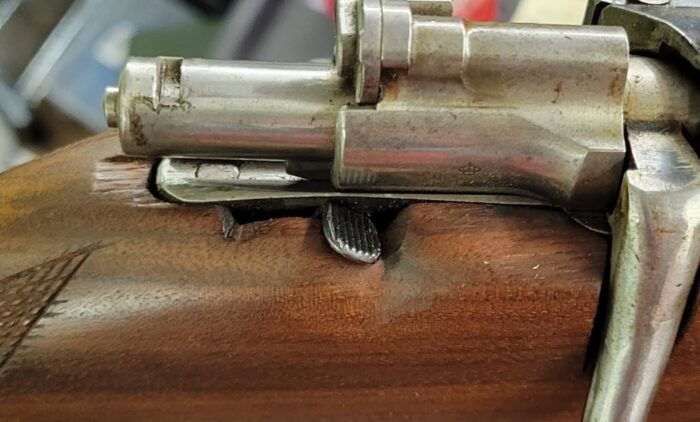
Bent bolt. A straight bolt Mauser won’t give you enough space for a traditional scope. You’ll need a bent bolt or to get a bent bolt kit and do it yourself. You’ll probably have to relieve the stock to make room for the bolt handle as well.
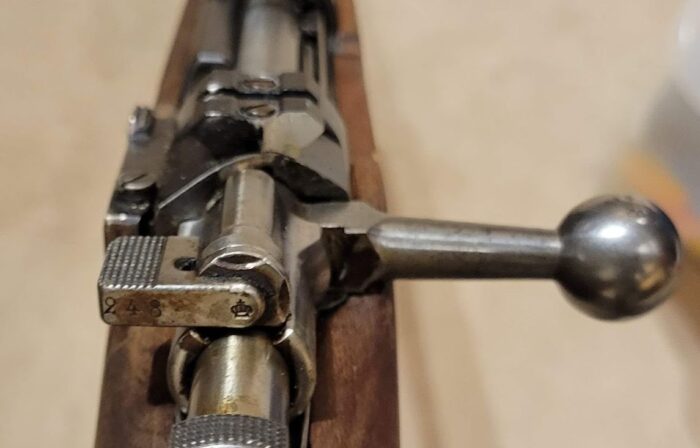
Mauser scope mount options:
- Drill and tap weaver mount. This is the simplest and cheapest option. It mounts the scope nice and low on the action but you’ll need both a bent bolt and to do something with the safety. You can pick the rings that you need: low, medium, or high, and 1″, 30mm, or 34mm.
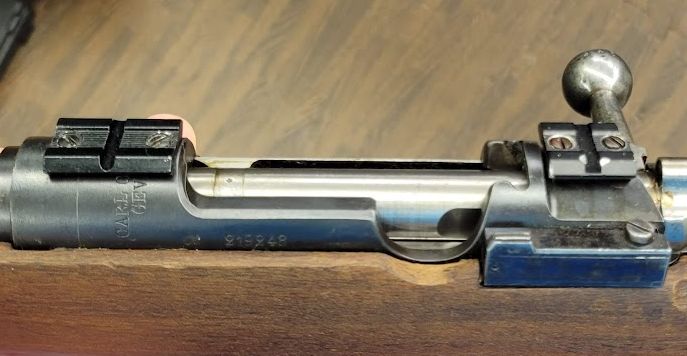
- Drill and tap side scope mount. Used to be a more popular option, these can give you a lot more room and some have quick disconnect but they’re not as flexible because the rings are usually a part of the mount.
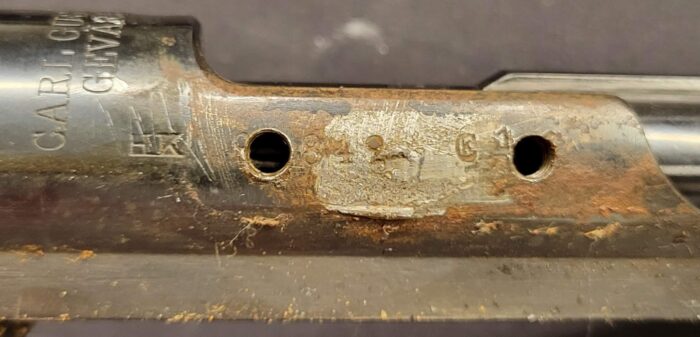
- Scout scope mount. These mount forward of the action, where the rear iron sight was. You need a long eye relief scope but you can also run a standard straight bolt, standard safety, and you can even use stripper clips.
- Cantilever mount. Mounts on the rear sight, but cantilevers over the action so you can use a regular scope
- Other obsolete mounts. There are all sorts of other obsolete mounts that you might run across. If they’re not complete, consider that you may need to replace the mount with something more modern.
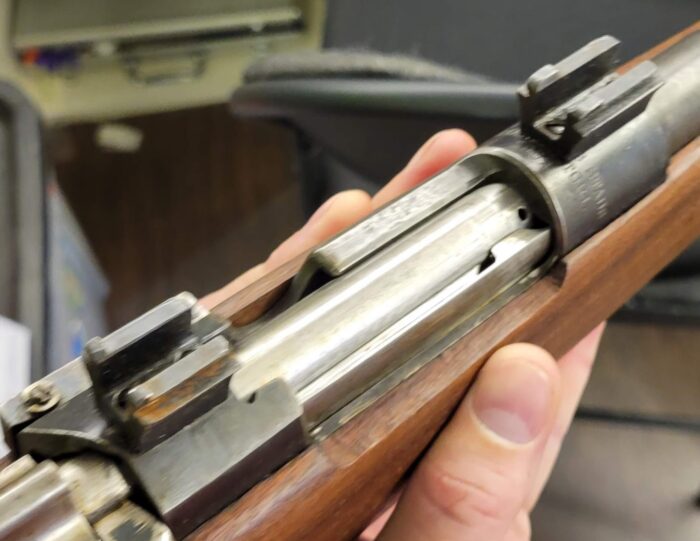
Stock
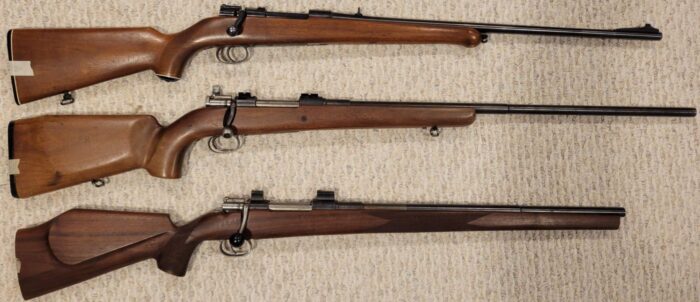
Some sporterized Mauser stocks are really nice, some are not. Watch for sling mounts, cheek rests, and qualities of finish. Some stocks are nice and trim and light while other sporterized versions are very chunky and heavy. The stocks contribute heavily to the overall weight: one of the rifles above is 6.7 lbs while another is 8.3.
But: that heavier stocked, longer barrel one has lighter kick due to the extra weight, so there are some pro’s.
You can buy aftermarket stocks but that’s just another cost so try to find one that has a stock that you like.
Sporterized Mauser as a Hunting Rifle vs Competition
How do sporterized Mausers compare to other cheap centerfire hunting rifles available in Canada?
The sporterized Swedish Mausers above range in price from $240-350. All would be acceptable for big game hunting in North America at reasonable distances. It’s almost impossible to find anything cheaper.
A sporterized Enfield would cost around $300-400, you can find scope mounts for them, and neither their bolt nor safety will get in the way of a scope if you choose to go that route. After all these years, they’re still a great choice as a cheap hunting rifle.
Carcano’s are $300-ish and you’d be stupid to try hunting with one. The sights would need modification at the minimum.
A Traditions Kentucky Rifle kit can be had for $400-500 on sale. They’re accurate but muzzleloaders are a bit of a pain in the ass to use and clean.
The absolute cheapest new centerfire rifle would be a Savage Axis when Cabela’s puts them on sale for just under $500. These will be more accurate, come in more common cartridges, be lighter, and have better usability features. Better in every way but also costs quite a bit more.
SKS’s and Mosins are now too expensive and come with too many downsides to consider as a cheap hunting rifle these days.
The only way to get out hunting for less than these options would be to go with a cheap shotgun and use slug or buckshot (article comparing those here). An iron sight Enfield or Mauser is going to be WAY more accurate than a cheap shotgun.
